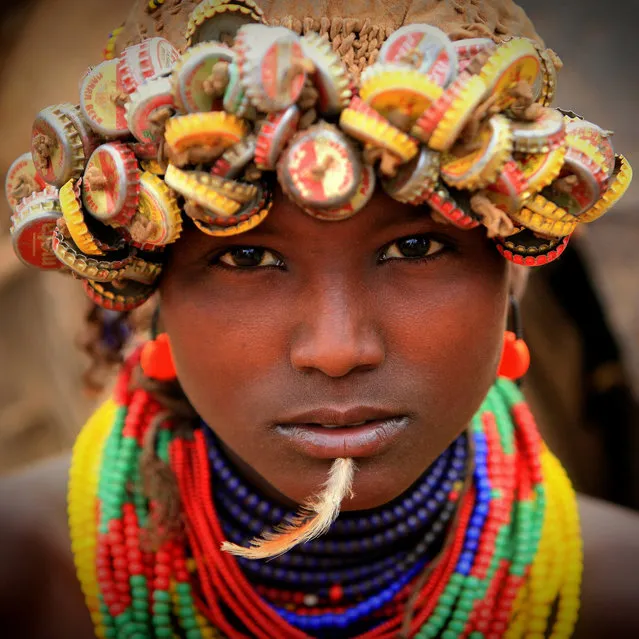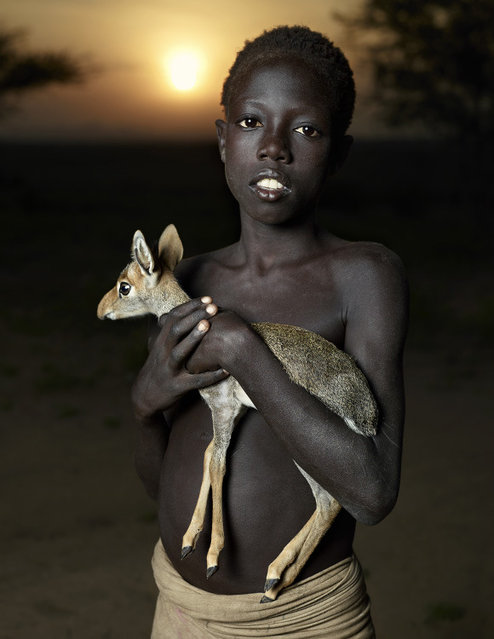26 Apr 2013 10:27:00,post received
0 comments
Details
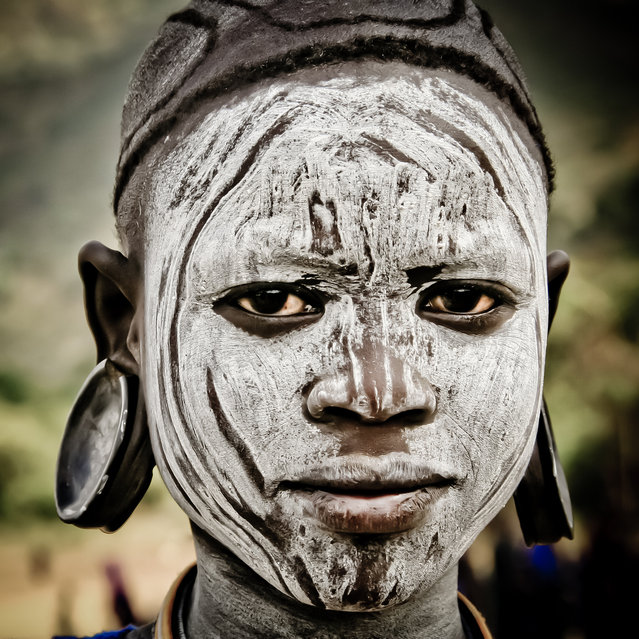
“The Omo River is an important river of southern Ethiopia. Its course is entirely contained within the boundaries of Ethiopia, and empties into Lake Turkana on the border with Kenya. The lower valley of the Omo is currently believed by some to have been a crossroads for thousands of years as various cultures and ethnic groups migrated around the region. To this day, the people of the Lower Valley of the Omo, including the Mursi, Suri, Nyangatom, Dizi and Me'en, are studied for their diversity”. – Wikipedia (Photo by Hamerscat)
SEE ALSO: «Ethiopia By Brent Stirton»
SEE ALSO: «Ethiopia By Brent Stirton»
04 Oct 2012 09:05:00,post received
0 comments
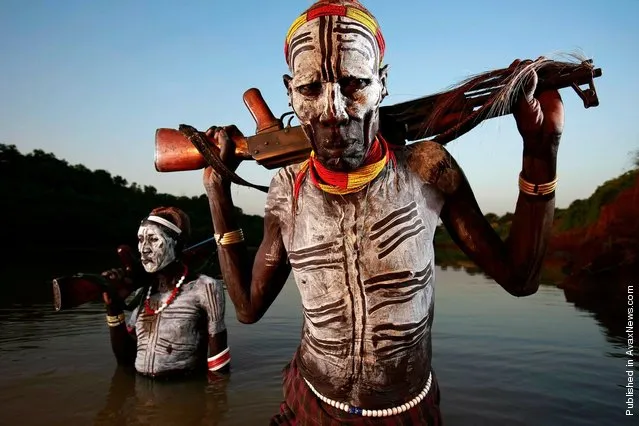
Armed Karo herdsman just back from protecting their cattle herds come down to the river to wash decorative clay markings off their bodies at the end of the day in the Omo Valley, South West Ethiopia. Dus, Omo Valley, Ethiopia, January 2008. (Photo by Brent Stirton/Discovery Communications)
16 Apr 2012 11:02:00,post received
0 comments

Hamar women dance before a bull jumping ceremony in Ethiopia's southern Omo Valley region near Turmi on September 19, 2016. The Hamar are a Nilotic ethnic group in Ethiopia. The construction of the Gibe III dam, the third largest hydroelectric plant in Africa, and large areas of very “thirsty” cotton and sugar plantations and factories along the Omo river are impacting heavily on the lives of tribes living in the Omo Valley who depend on the river for their survival and way of life. (Photo by Carl De Souza/AFP Photo)
02 Oct 2016 08:45:00,post received
0 comments
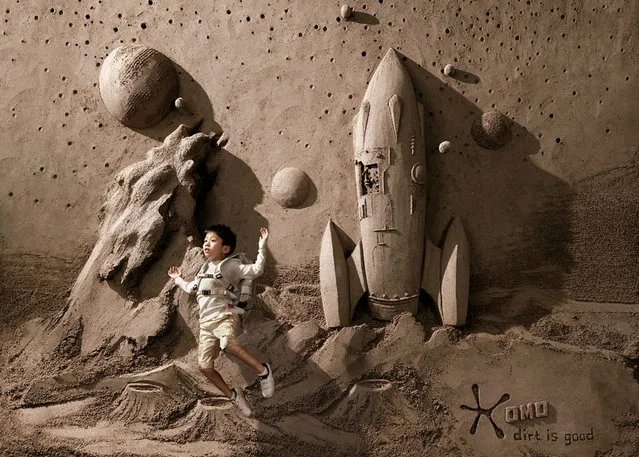
These stunning sand sculptures are being used to encourage youngsters to explore their surroundings and play in the dirt. (Photo by OMO Lowe)
09 Jun 2015 09:18:00,post received
0 comments
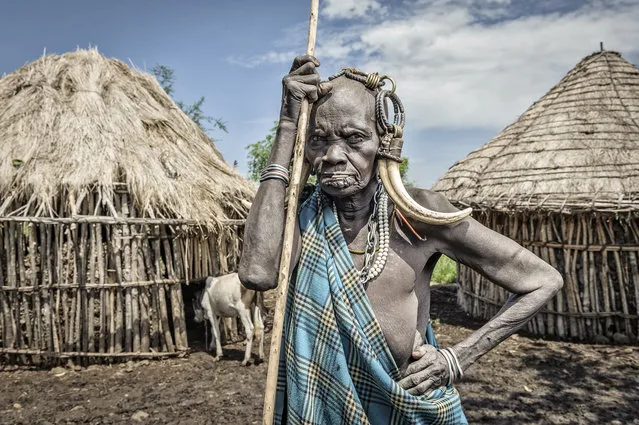
“Old Mursi woman”. Old woman by the huts of her village. Location: Marenke, Omo valley, Ethiopia. (Photo and caption by Jorge Fernandez/National Geographic Traveler Photo Contest)
ATTENTION! All pictures are presented in high resolution. To see Hi-Res images – just TWICE click on any picture. In other words, click small picture – opens the BIG picture. Click BIG picture – opens VERY BIG picture.
ATTENTION! All pictures are presented in high resolution. To see Hi-Res images – just TWICE click on any picture. In other words, click small picture – opens the BIG picture. Click BIG picture – opens VERY BIG picture.
24 Jun 2013 09:55:00,post received
0 comments
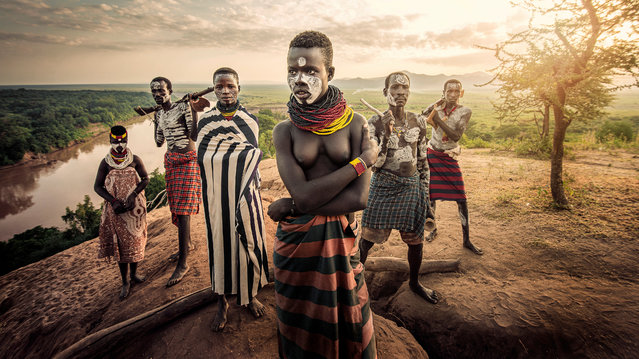
“People of the River”. This is a Karo tribe family; father, mother, two sisters and two brothers. The tribe, who live along the Omo River in east Africa, incorporate rich symbolism into their rituals by using ornate body art, headdresses and body scarification to express beauty and significance. (Photo by Jatenipat Ketpradit/International Portrait Photographer of the Year)
04 Jul 2021 09:39:00,post received
0 comments
Last searches:

